The global market size of leather business and industry of artificial or synthetic leather and its goods will reach US$ 31.89 billion in 2021 and is expected to reach US$ 67.23 billion by 2030, at a compound annual growth rate of 7.91% during the forecast period (2022-2030).
Synthetic leather, also known as synthetic leather, replaces leather in upholstery, clothing, footwear, and other items that require a leather-like finish. However, the real things are expensive or inappropriate. Synthetic leather, synthetic leather, synthetic leather, vegetable leather, PU leather and leather are used to describe artificial leather.
Faux leather is used in apparel textiles, furniture upholstery, and car interiors. Some synthetic leathers require plastic, while others require plant-based ingredients. Synthetic materials in the synthetic leather industry pose major sustainability concerns.
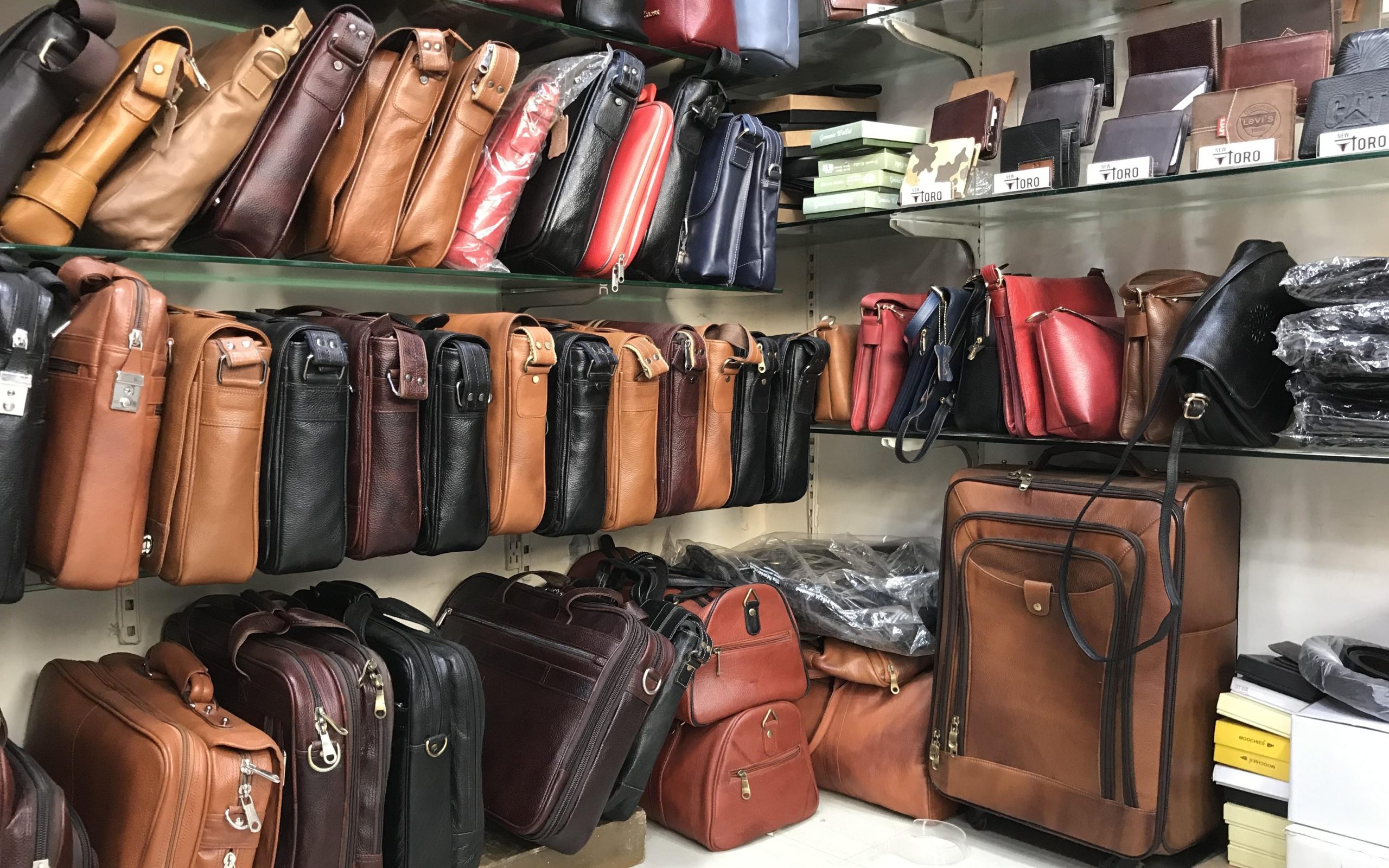
Synthetic leather market size
Asia Pacific is the largest producer of artificial leather or synthetic one according to its size. So, it is the biggest market for synthetic leather. The leather industry was negatively affected by Covid-19, which opened up opportunities for synthetic leather.
According to the Financial Express, industry experts are gradually realizing that the focus should now be on the export of leather-free shoes, which account for 86% of total shoe consumption. This is a cross-sectional view of shoemakers across the country.
Recently, there has been an increase in the demand for artificial leather in hospitals and temporary medical facilities all over the world, and the demand for beds and furniture to facilitate the many patients suffering from Covid-19 and other diseases has increased.
Most of these beds and other furniture have medical grade faux leather coverings and are antibacterial or antifungal in nature. On the other hand, the auto industry suffered a major setback due to the decline in product sales in the first half of the year, which indirectly affected the demand for artificial leather, which is mainly used in the manufacture of interior parts. Sentences. In addition, fluctuations in the prices of synthetic leather raw materials have affected its market.
The global synthetic leather market size was estimated at $63.3 billion in 2020 and is expected to reach $78.5 billion by 2025, at a CAGR of 4.4% between 2020 and 2025. The market is mainly driven by the growing demand for synthetic leather. – Use in industries such as shoes, furniture, automobiles, apparel, bags, wallets, etc.
Factors such as increased demand from the footwear industry, reduced animal slaughter, outperformance of pure leather, and increased demand from the OEM industry will drive the synthetic leather market. Asia Pacific is the largest synthetic leather market globally, followed by Europe and North America by volume and value.
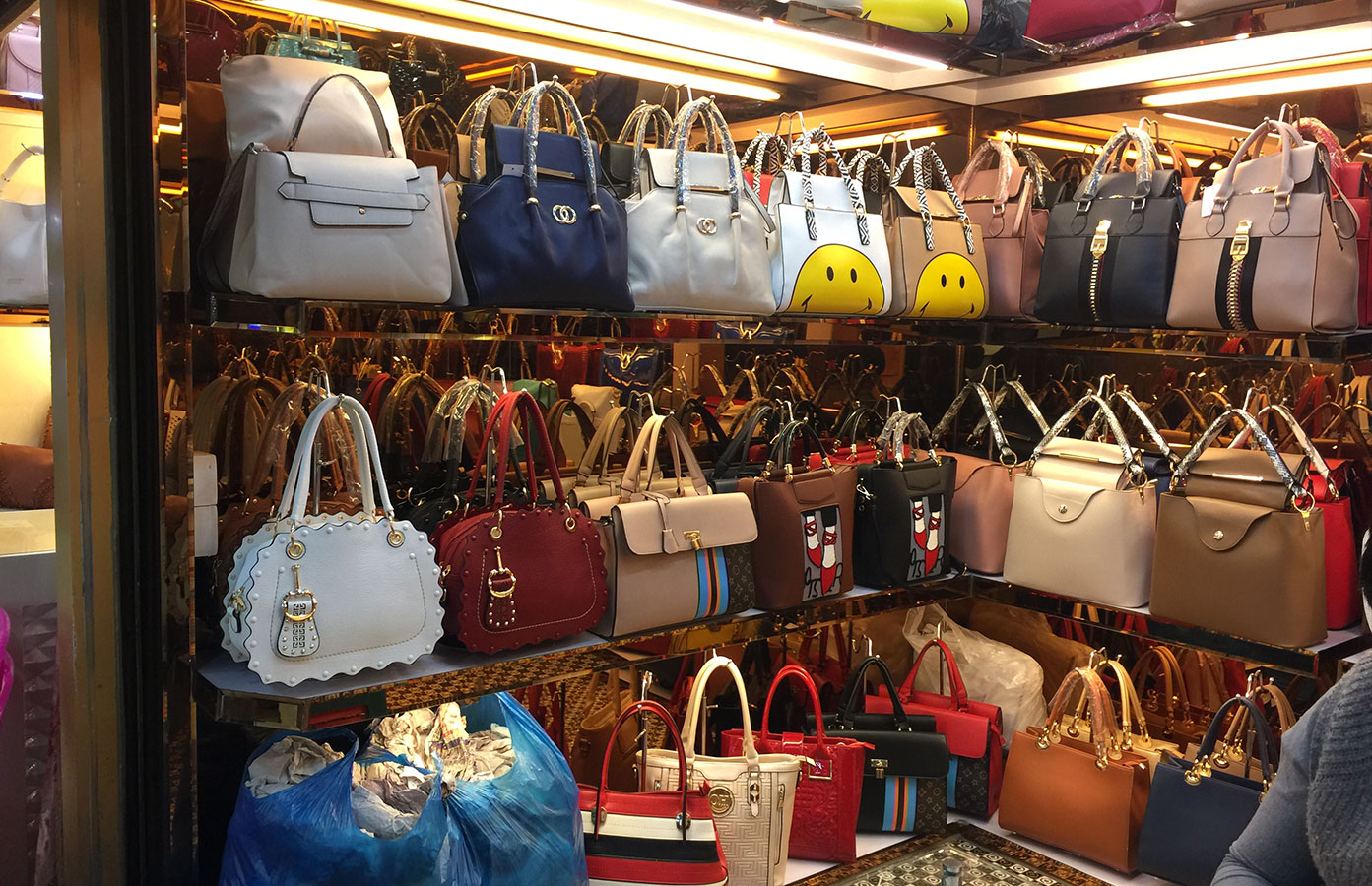
Vegan leather market
If you were to become a vegetarian for ethical reasons, you could switch from buying natural leather to artificial materials. Luckily, these “faux leather” items are usually cheaper. But will your vegan leather boots last as long as those made from genuine leather?
Is vegan leather as durable as real leather? The longevity of vegan leather is significantly lower than that of genuine leather. On the other hand, the longevity of the two forms of vegetable leather that are currently the most popular – PU and PVC – ranges from two to five years. The majority of vegetarians believe that this lifestyle choice is rather viable when you take into account the lower overall cost as well as concerns regarding animal rights.
I’ll go over everything you need to know about the various types of vegan leather, including how they’re created and how long they last, in the following paragraphs. In addition to that, I’ll give you some pointers on how to make your vegan skin firmer!
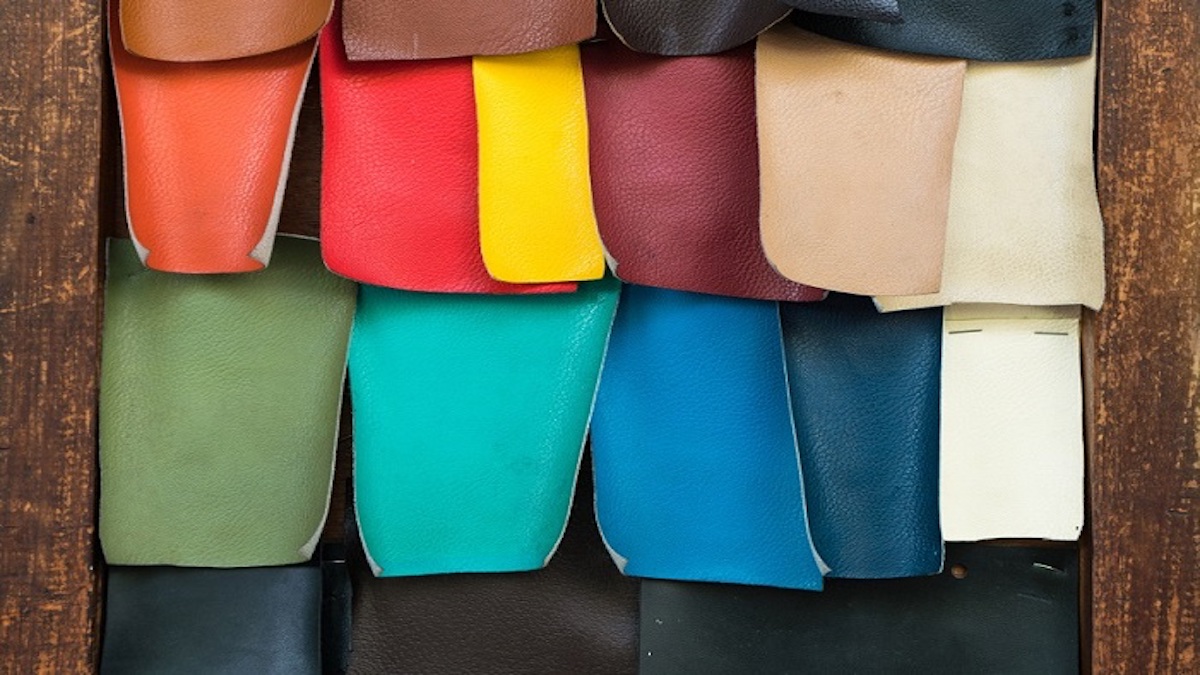
Vegan leather market size
The global size of vegan leather market was estimated at $37.90 billion in 2020 and is expected to reach $41.54 billion in 2021, at a CAGR of 9.93% to reach $66.92 billion in 2026.
Market Statistics: This report presents the market size and forecast for five major currencies – US Dollar, Euro, British Pound, Japanese Yen and Australian Dollar. This helps enterprise leaders make better decisions when data exchange is readily available. In this report, 2018 and 2019 are historical years, 2020 is the base year, 2021 is the estimated year, and 2022 to 2026 is the forecast period.
This research report separates vegan leather into each of the following sub-markets for revenue forecasting and trend analysis: Based on this product, the market between bio-polyurethane and recycled polyester has been studied. From the application, the markets for cars, bags, wallets, clothes, shoes and furniture are studied. By region, the markets of America, the Asia-Pacific region, Europe, the Middle East and Africa are being studied.
The Americas are mainly studied in Argentina, Brazil, Canada, Mexico, and the United States. The United States conducts research primarily in California, Florida, Illinois, New York, Ohio, Pennsylvania, and Texas.
Australia, China, India, Indonesia, Japan, Malaysia, Philippines, Singapore, South Korea, Taiwan, and Thailand are doing the most research in the Asia-Pacific region. Explore the EMEA region mainly in France, Germany, Italy, the Netherlands, Qatar, Russia, Saudi Arabia, South Africa, Spain, the United Arab Emirates and the UK.
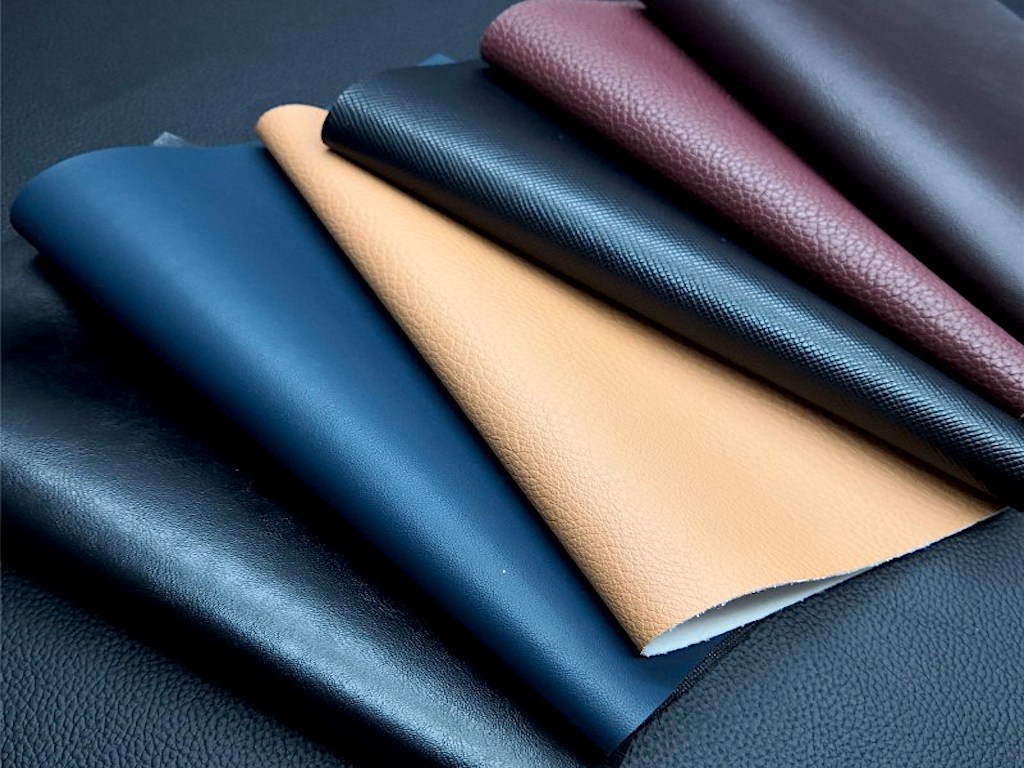
Bio based leather market
The bio skin market was valued at US$ 647 million in 2021 and is expected to reach US$ 868 million by 2026, at a compound annual growth rate of 6.1% from 2021 to 2026. The bio-skin market is mainly driven by growth. The trend for tough, unforgiving skin. Price sensitivity in developing regions is a major obstacle.
However, continuous research and development in the bio-based leather market will open up new market opportunities. North America is an important bio-skin market globally. The Asia Pacific region is the fastest growing region for the bio-skin market.
The bio-skin market was valued at US$ 647 million in 2021 and is expected to reach US$ 868 million by 2026 with a compound annual growth rate of 6.1% between 2021 and 2026. The bio-skin market is mainly dependent on growth. A trend for tough, uncompromising skin.
Price sensitivity is a major drawback in developing regions. However, continuous research and development in the bio leather market will open up new market opportunities. North America is an important market worldwide. The Asia Pacific region is the fastest growing region in the bio-skin market.
The leather industry is a very old manufacturing industry, producing a wide range of products such as leather shoes, leather bags, leather clothing, etc. The raw materials used in the leather industry come from food industry waste, mainly from meat processing.
These wastes are turned into desirable and useful leather products. Leather and leather goods are among the best-selling goods in the world. They are produced from renewable and readily available resources. The leather industry business is currently worth over $80 billion a year and is expected to grow as the country’s population grows and urbanizes.
Human consumption of leather products is very common and is used almost every day. The main raw material for any leather industry is waste from the slaughterhouse and the meat industry. This raw material is processed and turned into the leather that can be used in tanneries. Therefore, leather production is considered one of the main leather links in the entire leather industry.
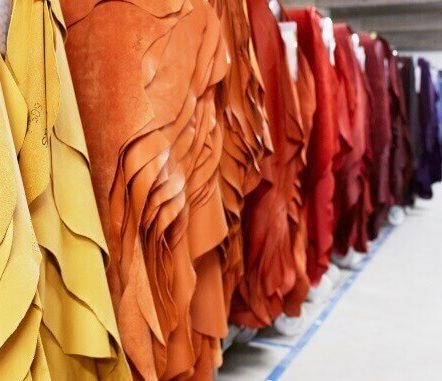
Leather goods industry
In spite of the fact that the leather business and industry relies almost exclusively on waste products from the meat industry, the transformation of raw materials into finished products requires the employment of a large number of chemicals.
As a consequence of this, the leather industry is responsible for the use of resources as well as the production of pollutants that are both hazardous to the environment and toxic. For instance, the processing of one metric ton of raw material results in the production of only 200 kilograms of the usable leather product (including 3 kg of chromium).
Around 250 kilograms of unfired solid trash, 200 kilograms of tanned waste containing three kilograms of chromium, and 50,000 kilograms of sewage make up the solid and liquid wastes (5 kg of chromium). In the end, one metric ton of raw material will only produce twenty percent completed leather, while more than sixty percent of the material will be wasted in the form of solid and liquid, including the highly carcinogenic heavy metal “chromium.”
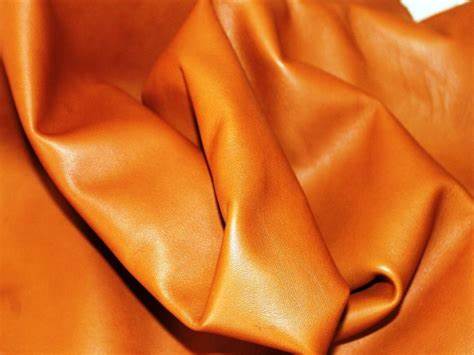
U.S. leather market
The u.s. leather and skins market saw further declines in prices in 2019, with exports of these products declining in volume and value compared to 2018. The level of political instability throughout the year has created significant market uncertainty.
While the increase in US livestock numbers appears to have stalled, slaughter rates are expected to remain relatively stable, albeit growing at a modest pace, in 2020, bringing many more hides to market. This can create problems for global supply chains.
Lets learn about the latest market trends and future growth opportunities in the U.S. leather goods industry through research by Euromonitor International’s in-house team of analysts (industry experts and geographic expertise).
Key trends are clearly and succinctly summarized along with the latest research data available. Understand and assess competitive threats and plan business strategies with our qualitative analysis, insights and trusted growth forecasts.
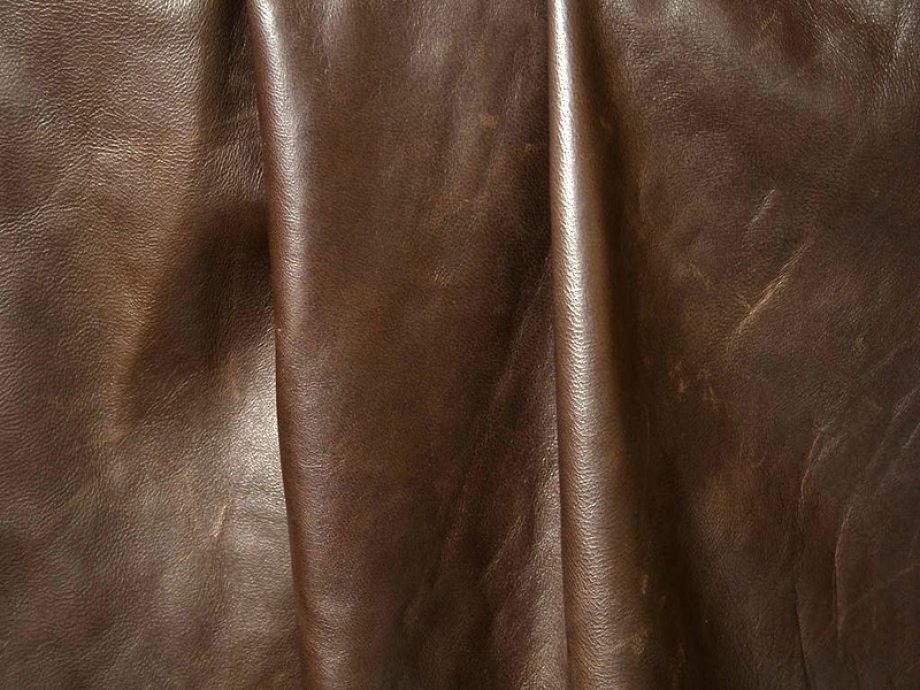
If you work in the U.S. leather goods industry, our research will help you make informed, informed decisions. Identify and profit from market uncertainty or provide flexibility.
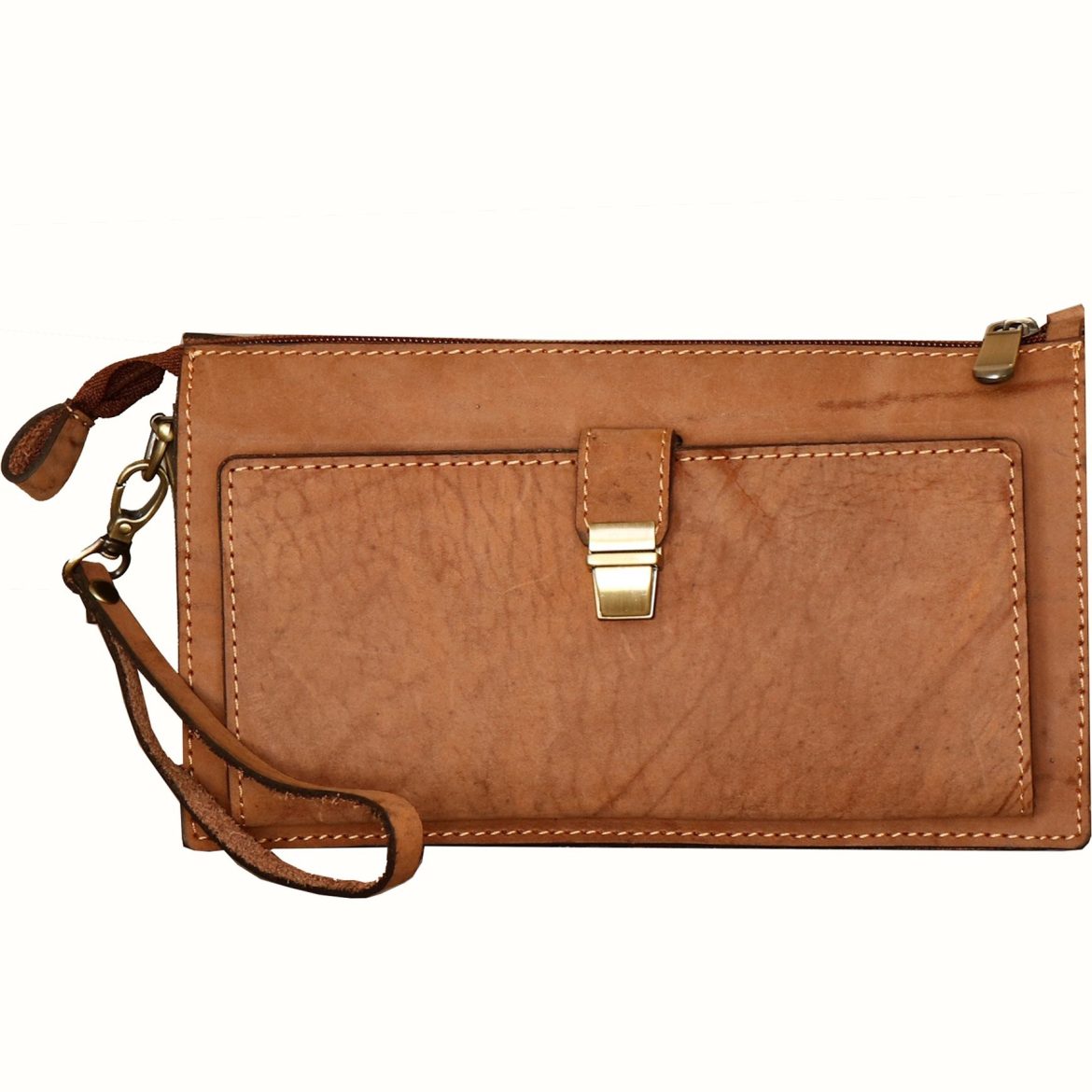
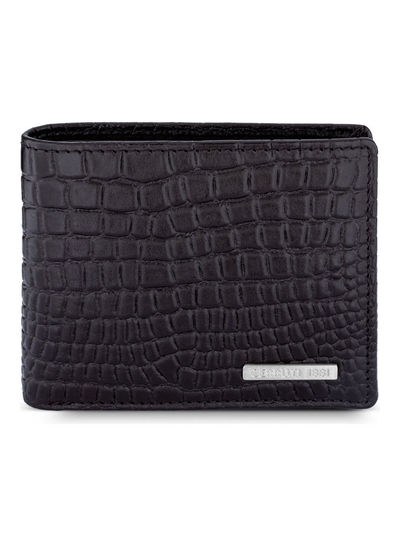
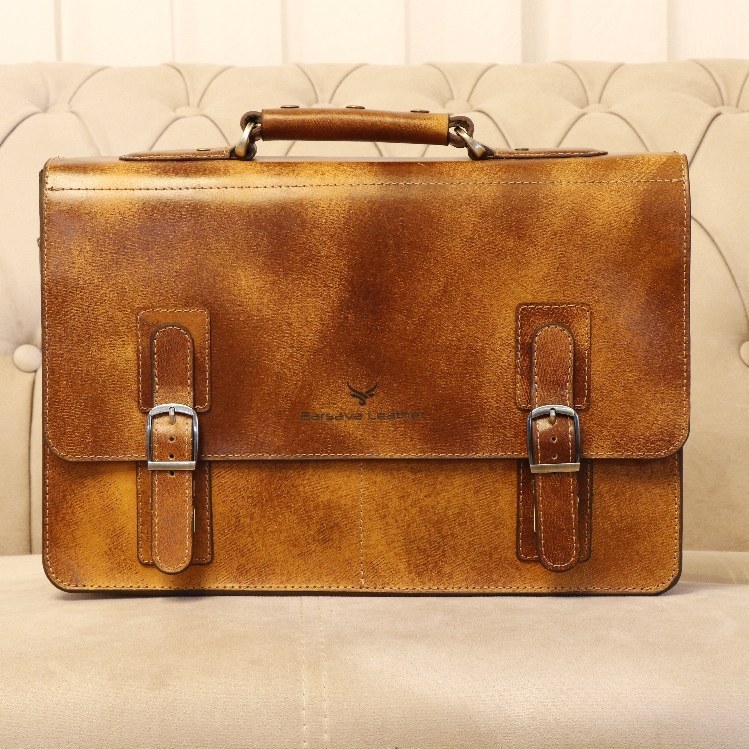
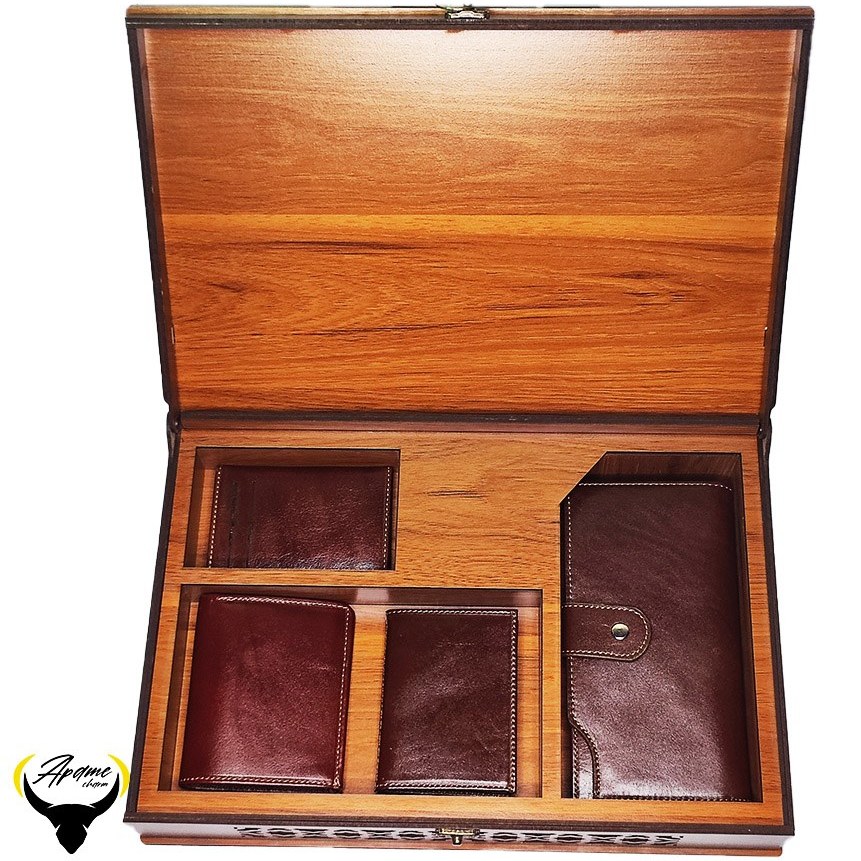
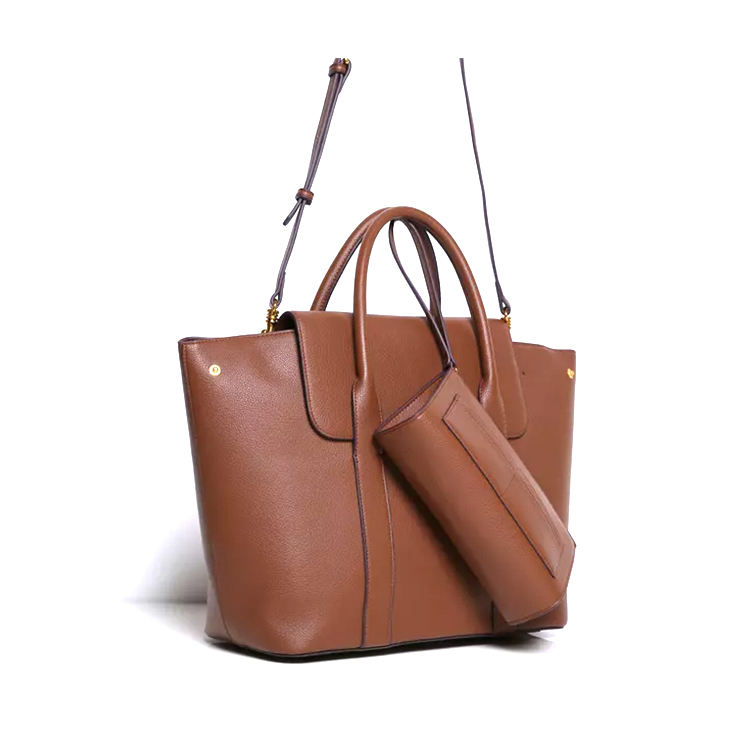
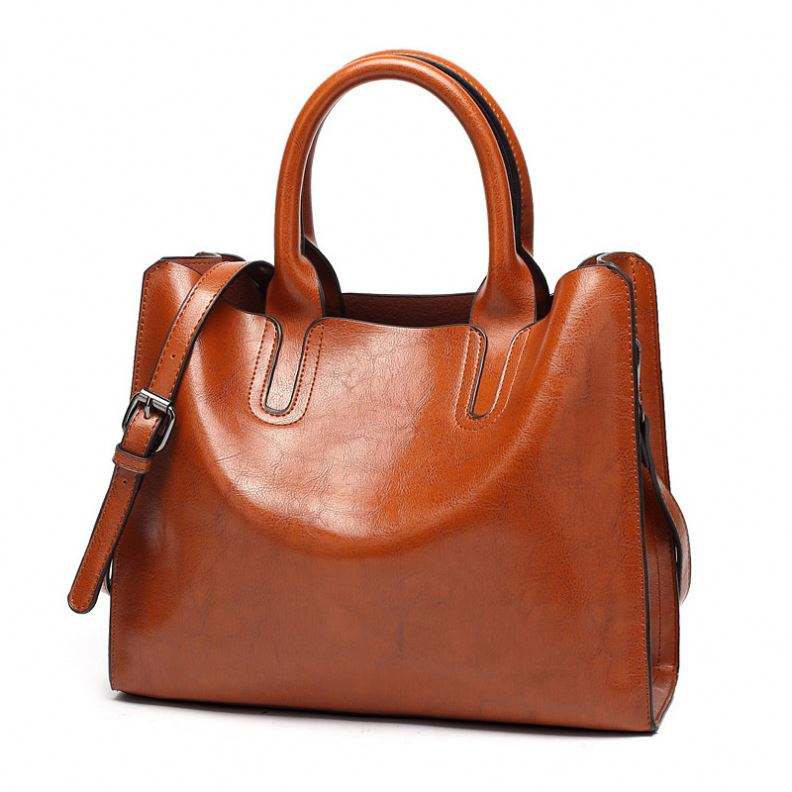
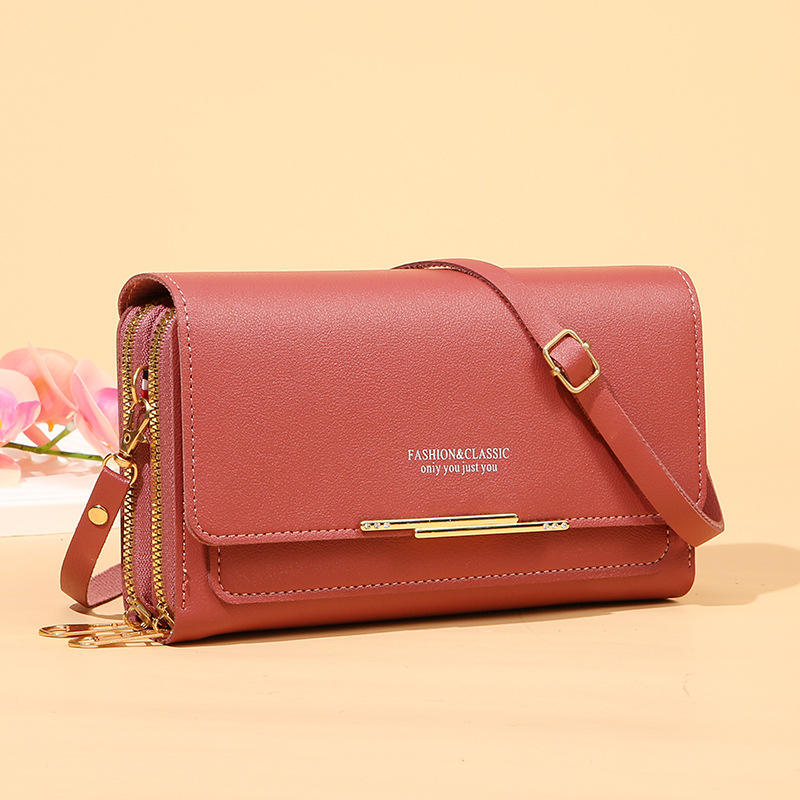
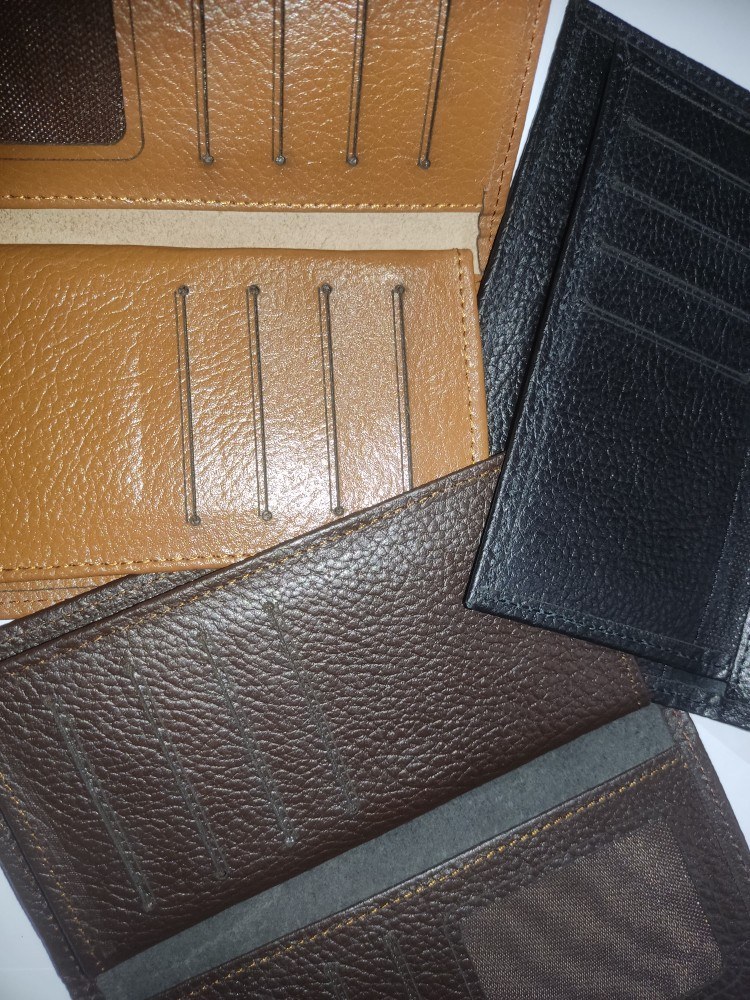
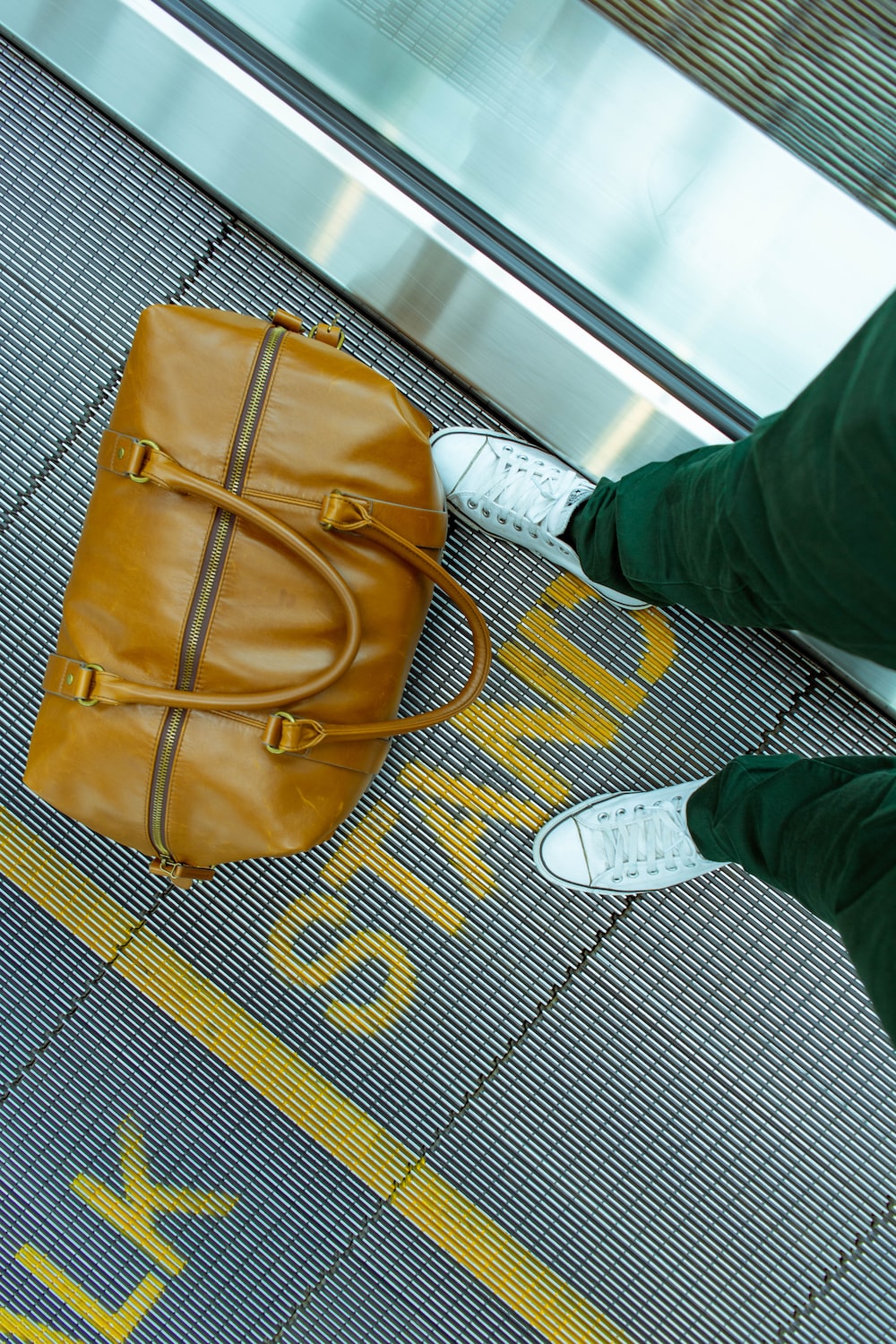
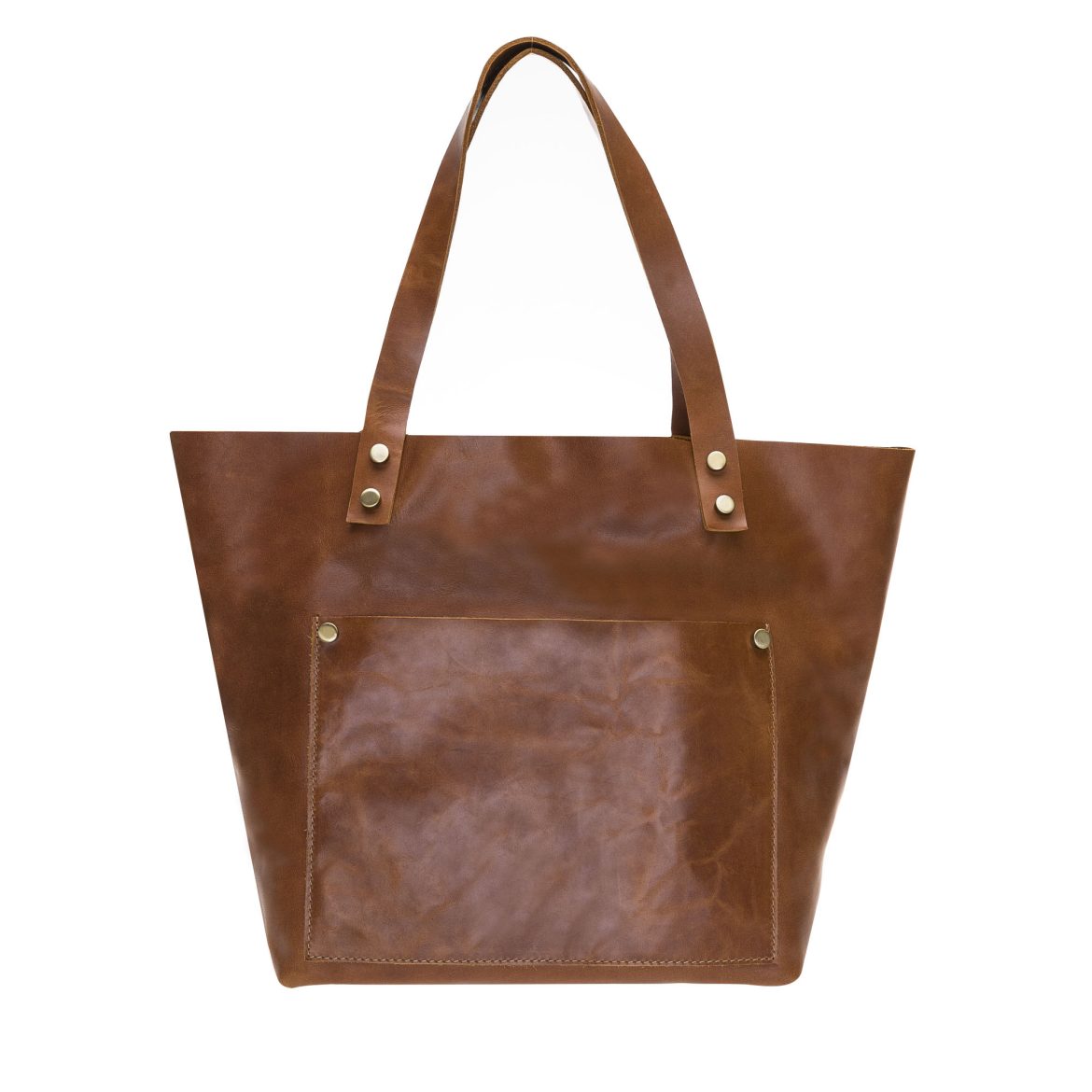
Your comment submitted.